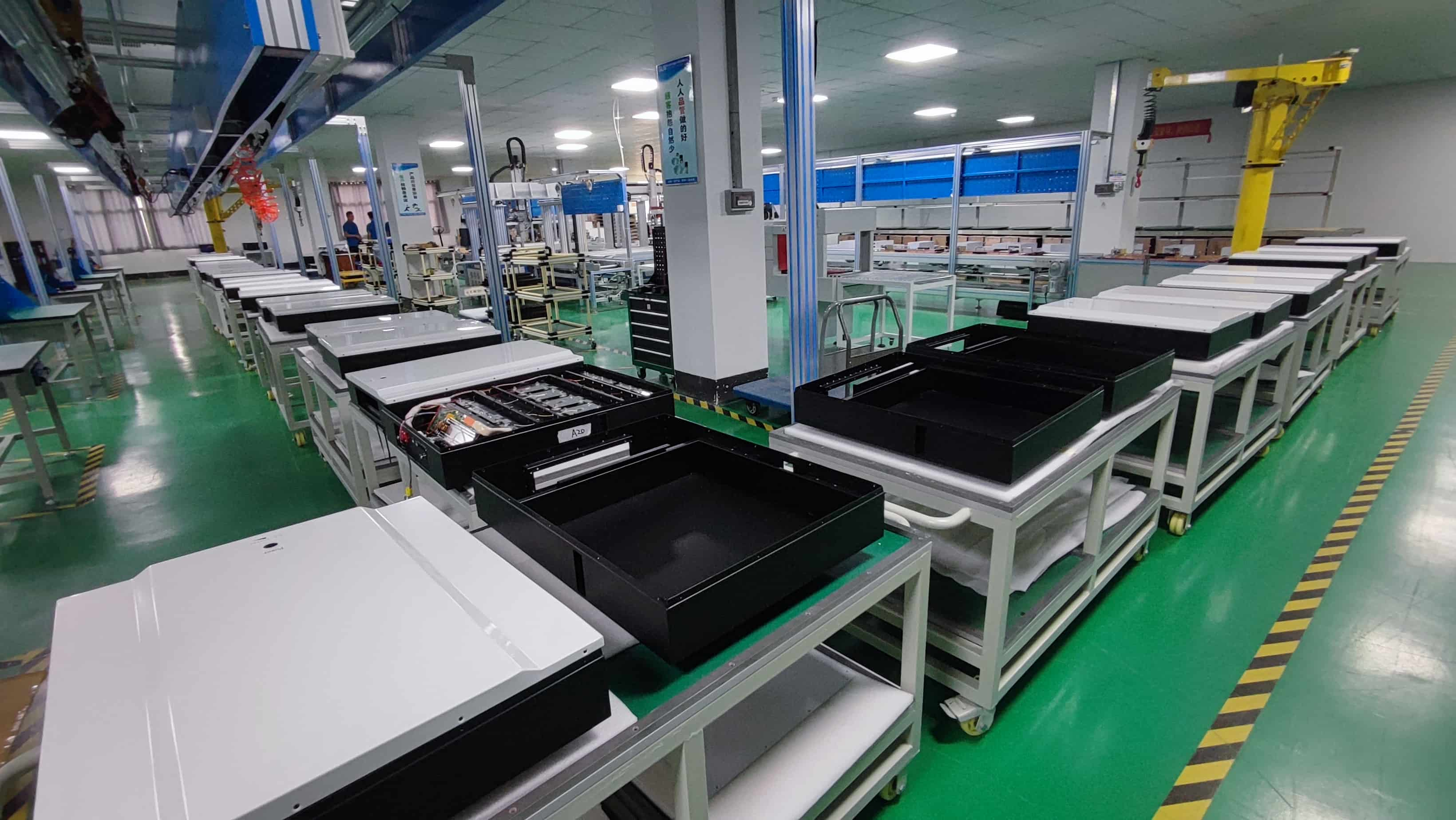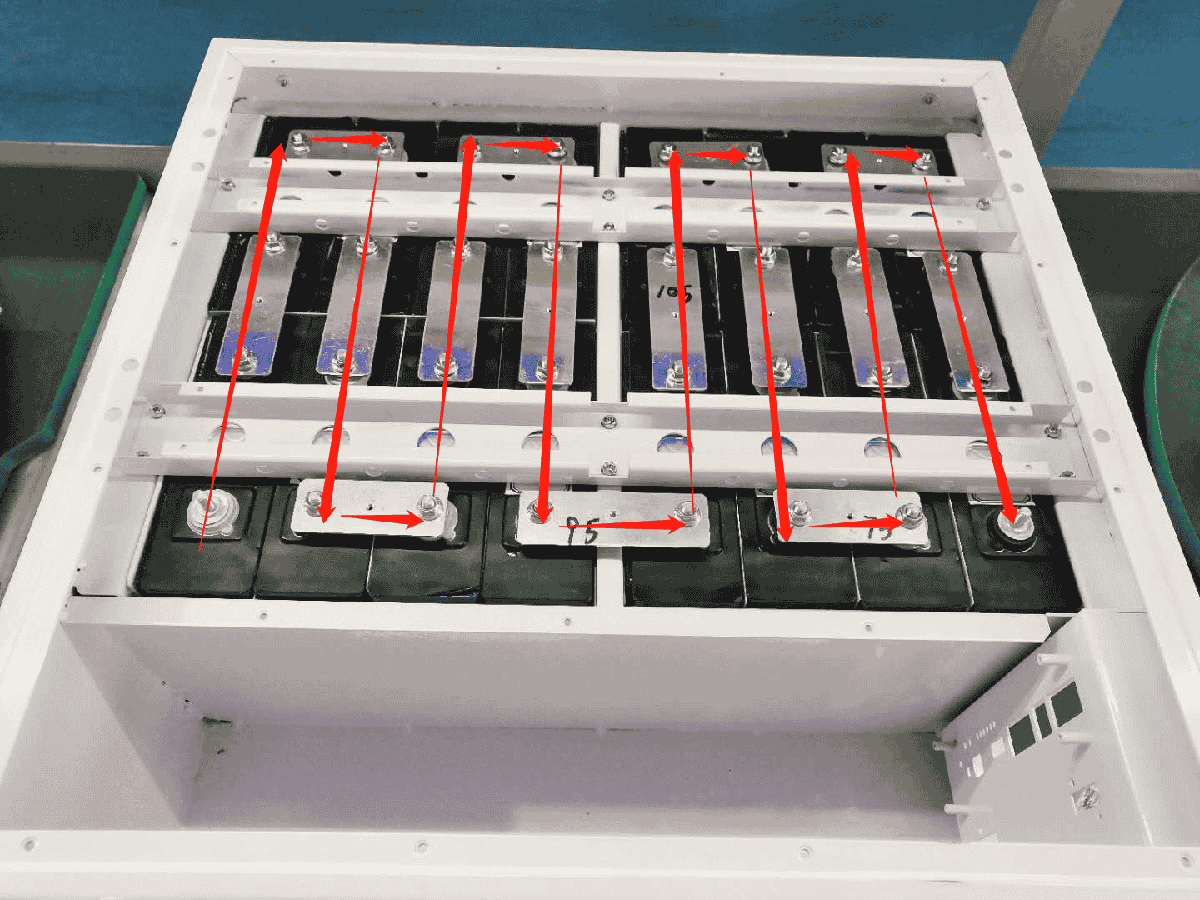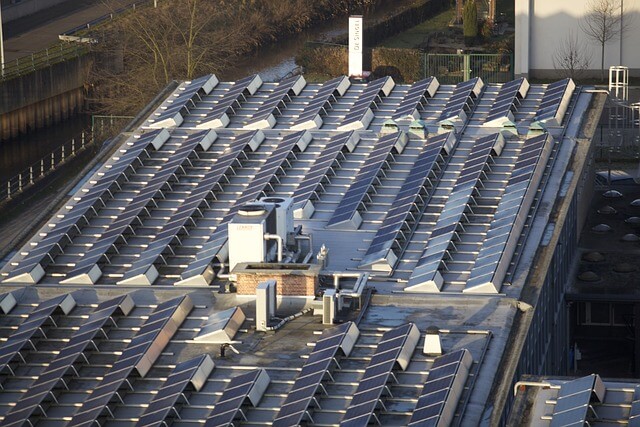How to Build Your Own Powerwall? - (DIY Complete Guide)

With the development of energy storage systems, we can realize the concept of distributed power generation, ease the transmission pressure of the grid, and reduce the use of fossil fuels, which is a necessary decentralization measure to achieve carbon neutrality or zero neutrality. But expensive energy storage systems are still prohibitive for many families in need.
But this is not a problem for handicraft enthusiasts. Rather than buying an expensive powerwall, they want to create a low-cost energy storage system through their own capabilities.
So in this article, I will teach you how to build your own powerwall, the first step in turning on your solar system.
After reading this article, please boldly start your handicraft journey and realize the freedom of using electricity!
What is the Powerwall?
Powerwall originated from a wall-mounted energy storage battery of Tesla, mainly used in solar self-consumption, time-of-use load shifting, and backup power.
The Main Configuration of the Energy Storage System:
A complete energy storage system is mainly composed of: energy storage battery cells, BMS, and inverter.
Among them, the energy storage battery is mainly a carrier for storing and outputting electricity.
BMS improves battery utilization, prevents battery overcharge and over-discharge, prolongs battery life, monitors battery status, and manages, controls and uses the battery pack system.
The inverter is a conversion device composed of an inverter bridge, control logic and filter circuit, which converts direct current into constant frequency and constant voltage or frequency modulation and voltage modulation alternating current.
Choose the Type of Energy Storage Battery Cell
First of all, starting from the most important safety point of view, the lifepo4 battery is currently the safest lithium battery, and has many advantages such as high energy density, long service life, lightweight, low maintenance, etc., and is widely used in water power, firepower, wind power and solar power stations, etc. Energy storage power system.
Although lead-acid batteries are low in cost, they are prone to toxic gas and explosion accidents, and their short life requires frequent replacement and maintenance. The cost increases with time, and the cost performance is low.

How to Choose the BMS?
Lithium-ion batteries do not require a BMS to operate. Having said that, Li-Ion battery packs should never be used without a BMS. BMS prevents the battery from being drained or overcharged. Another important role of BMS is to provide overcurrent protection to prevent fire.
The good news is BMS modules are inexpensive (compared to the rest of the battery pack) and relatively easy to install.
BMS can provide you with overcurrent protection, under-voltage protection, overvoltage protection, battery performance balance, temperature balance and other functions.
If you want to choose the right BMS, you need to consider factors such as the maximum current rating of the BMS, and it is important to ensure that it supports the correct output voltage range for your application. It is also important to ensure that the BMS you are purchasing has the correct discharge current, charge current and connectivity capabilities for your specific use case.
It would be a bonus to have a display or Bluetooth so you can keep track of the battery status! Because most BMS don't.
In addition, mature energy storage battery packs on the market now have their own BMS, so please make sure if it needs to be supplemented.
The Harveypower lifepo4 battery pack adopts the industry N0.1 CATL battery, built-in high-performance BMS, and has a design life of up to 20 years at an affordable price.
Choose the Inverter
Choose an inverter according to your home appliance load. Note that leaving 20% load headroom means you will never run the device at full power.
For example: In a household with 48V and a load of 1000W.
Maximum load: 1000W✖(100%+20%)=1200W
Maximum current: 1200W➗48V=25A
If you have a load of 1000w, it is best to choose an inverter suitable for at least 1200W, and the battery, BMS and inverter system can all withstand a maximum current of 25A.
Tools and Parts Needed for Homemade Powerwall
| Needs | Functions |
| Multimeter | A magnetoelectric instrument that can measure various electrical parameters such as AC and DC current, voltage and resistance. |
| Soldering iron | Weld components and wires |
| Spot Welding Machine | The material to be welded between the electrodes is melted to achieve the purpose of combining them. |
| Cable | Transmission of power and transmission of signals |
| Battery Strapping Tape | Close the air hole of the positive electrode and isolate the air |
| PVC Packaging | Making the battery pack case |
| Heat Gun | Sealed battery packs |
How to Build Your Own Powerwall
(1)Check the battery
Check battery consistency and clean: current, voltage, resistance, etc. The smaller the error, the higher the performance of the battery pack.
(2)Connect the battery
Arrange the batteries in order with the polarity of two adjacent batteries opposite.

(3)Welding
When soldering the terminal, fix the wire and the terminal with one hand at the same time, and the wire head just leaks 1mm in length; hold the electric soldering iron with the other hand, apply an appropriate amount of solder, and just plug the solder into the terminal port; it is required that the solder should not be too much. The screw hole of the terminal is larger than 2mm. Then do a pull-out test at the end to make sure the weld is firm.
When welding wires, the stripping length of the two wires should preferably be 5mm. Before welding, add a heat-shrinkable sleeve of the corresponding size. After welding, use a heat gun to blow the heat-shrinkable sleeve to make it shrink tightly and not loosen, and finally pull it out. Test to make sure the solder is tight.

(4)Install BMS
The BMS must know the exact voltage of each parallel group connected in series. Therefore, the BMS needs to connect many wires. The small but numerous wires are the sense leads, they are also called balance leads. They are attached to every connection point between the battery packs and to the very ends of the cells.
Because the BMS board is an N-channel device, you don't have to connect the positive wire anywhere on the BMS. Instead, the positive terminal goes directly from the battery pack to the connector or load. The negative terminal of the battery pack goes into the B- connection and comes out of the P- connection.
(5)Connect the Inverter
Connecting an inverter and a lifepo4 battery properly is of the utmost importance. The lifepo4 battery needs to be connected to both the positive and negative terminal switches of the inverter, making sure that all connections are secure not only to ensure safety but also to generate maximum efficiency. It is essential to make sure that all wires are connected correctly.
Furthermore, properly choosing safe mounting positions for both the lifepo4 battery and the inverter is absolutely critical—ensuring that they are away from heat sources or water would create an increased level of safety in any appliance set.
Finally, being mindful when selecting wire sizes according to current load requirements will help guarantee protection against overload faults.
Powerwall Working Mode
1. Load consumption priority: PV--battery--grid
(1) The electricity generated by photovoltaics is given priority to the load, and the excess electricity is stored in the battery, and the excess electricity is sold to the grid; when the PV is insufficient, the battery is discharged for use by the load.
(2) When the power grid fails, the load at the grid-connected output end cannot work; but the load at the off-grid output end can work normally, powered by PV and battery.
2. Optical Storage Mode
(1) Use the electricity of the battery to charge at night, and the insufficient part is supplemented by the grid.
(2) The electricity generated by photovoltaics is supplied to the energy storage battery and is used to deliver household loads.
3. Economic mode setting
If the price of the power grid is different at different times, you can generally set the charging and discharging time of the battery to avoid peak power consumption. You can use the power of the grid to charge the battery at night and use it for the load during the day, thereby saving electricity.
How to Configure the Appropriate Battery Capacity?
The load should be considered in the selection of the battery, whether it is used every day or for backup; if the battery capacity is too large, there will be waste, and if the stored electricity is used up, the battery will not be fully charged.
Energy storage equipment manufacturers also provide customers with different battery capacity choices in various forms. Such as server rack battery, stackable battery, modular all-in-one battery, multi-power/energy collocation of one-in-one product and other forms of free energy matching schemes.
1. Increase the self-use rate of photovoltaic
The main purpose of this scenario is to install a photovoltaic energy storage system to reduce electricity bills, so that the remaining power of the photovoltaic system can be stored and used at night except for daytime use.
We divide household electricity consumption into daytime electricity consumption (periods of high photovoltaic power generation) and nighttime electricity consumption (periods of low or no photovoltaic power generation). According to the above purpose, the ideal state should be that the electricity generated by photovoltaics can meet the electricity consumption during the day, and after storage, it can just meet the electricity consumption at night.
That is, the effective capacity of the battery should be approximately equal to the photovoltaic power generation minus the daytime power consumption. But this is only an ideal state. In order to avoid redundancy of battery capacity (avoiding that it cannot be consumed at night), we also need to ensure that the effective power of the battery does not exceed the power consumption at night.
This requires us to have a more accurate grasp of the law of household electricity consumption, and to be familiar with the rules for setting the priority level of power supply in the energy storage system.
A family is equipped with a 5kW photovoltaic system, and the daily power generation is about 17.5kWh. The average daily electricity consumption of a household is about 20kWh, of which the average daily electricity consumption is 5kWh during the day and 15kWh at night.
Then, the effective power of the battery should be approximately equal to 17.5-5=12.5kWh, and this also meets the condition of not exceeding the nighttime power consumption (12.5kWh≤15kWh). Therefore, the best available battery for this family is 12.5kWh.

2. Backup Power
When the energy storage system is used as a backup power source, it is mainly used in areas with unstable power grids or situations with important loads. For example, the basic lighting, refrigerators, desktop computers, etc. of the family; the data room of the commercial place, the important equipment of the industrial place, the lighting and ventilation equipment of the breeding place, etc.
When designing the battery capacity with backup power as the main purpose, the main consideration is that the battery can supply the power required by the important load alone when the battery is off-grid for the longest time (the longest expected power outage time), including the need to consider the case of no PV at night.
In this scenario, the battery capacity is relatively easy to calculate. You only need to list all important loads and calculate the power consumption of all loads during the longest power outage to determine the battery capacity initially.
Taking an important commercial place as an example, the important load is 10 cabinets in the data center, and the power consumption of each cabinet is 3kW. The expected maximum outage time is about 4 hours. According to calculations, the effective battery capacity of this project should be 10*3kW*4h=120kWh. Therefore, the effective power of the battery for this industrial and commercial project is best to be equipped with 120kWh.

In addition, what we mentioned in the above analysis is the effective capacity of the battery, but the actual selection of the battery also needs to consider the impact load of the load, the DOD (depth of discharge) of the battery, the loss of system efficiency, the performance of the energy storage device, and the expected return on investment. And many other situations.
Therefore, when choosing battery capacity, it is necessary to consider the power of the whole family or usage scenarios as an overall system, and it is also particularly important to choose the best equipment and system integration suppliers.
Conclusion
Building a homemade powerwall may seem daunting at first, but it is an incredibly rewarding experience. In addition to the satisfaction of successfully completing it, it also helps you save money.
By understanding how voltage and current work under different loads, you'll know exactly what components you need to succeed!
Then find the right batteries, solder them together in the proper configuration, and finally connect your BMS (battery management system) and inverter.
With patience, you'll soon be enjoying reliable solar storage at your fingertips.
